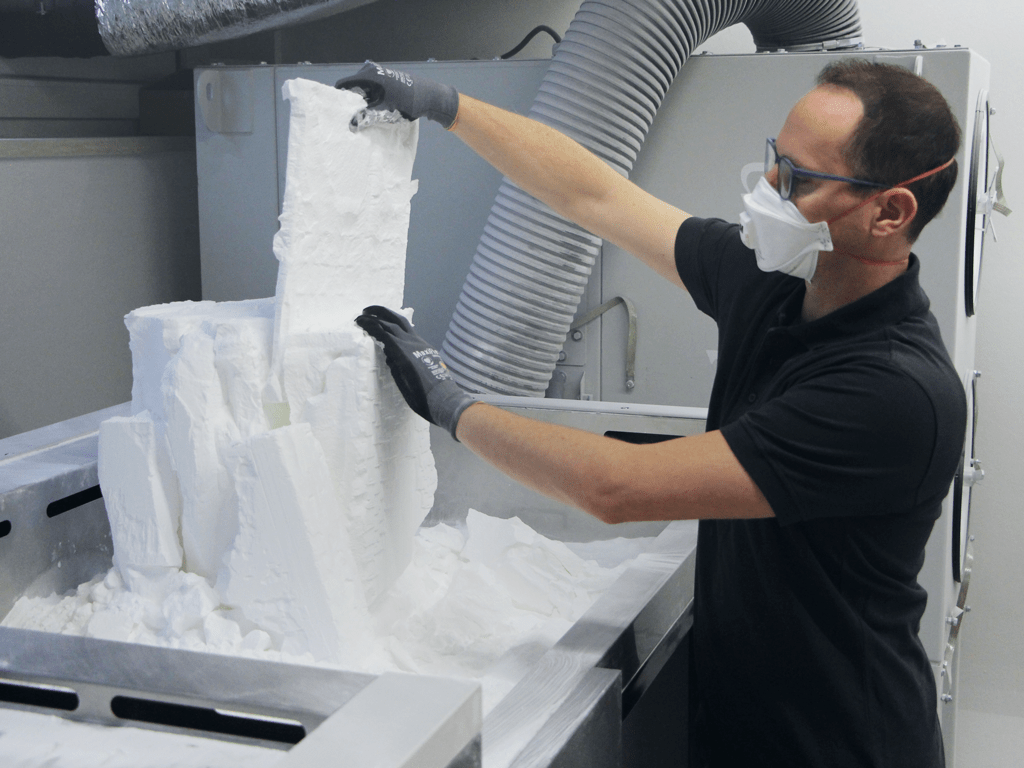„The 3D printing technology is ideal for us because it's not cost-effective to produce injection molding tools for medium-sized quantities. This means we also have no issue incorporating design changes in a component for the next print, as there's no need to modify an injection molding tool. We simply use the new dataset of the model. Anyone working in mechanical engineering or similar fields benefits from this technology.“
ADDITIVE MANUFACTURING
of workpiece carriers and ready-to-install components
We leverage our engineering expertise in additive manufacturing to produce innovative production tools made of polyamide materials. Our range of 3D printed components includes workpiece carriers for small and precision parts, ready-to-install machine components, and manufacturing accessories, as well as a full-service offering for additive manufacturing. The 3D-printed workpiece carriers and components are used in the production of small and precision parts in various industries.
Count on our expert team for competent advice
The design freedom of 3D printing allows our experienced designers to equip components with enhanced functionalities, such as for positioning tasks, contours/forms based on mathematical models, DMC/RFID labels, etc. The innovative components are delivered ready for installation, enhancing productivity and quality.
We are happy to provide our expertise and develop solutions together with you.
Get advice on 3D printing from our expert
Johannes Sonntag
Design/3D printing

3D-printed production tools in premium quality
In 3D printing, we produce workpiece trays as well as ready-to-install production tools of premium quality, which are used in the manufacturing process of precision parts and delicate workpieces. As a full-service provider in additive manufacturing, we also offer services in consulting, design, and prototype printing.
Advantages of additive manufacturing processes
The additive manufacturing of workpiece carriers and components made of plastic offers a range of significant advantages:
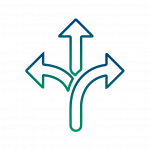
Flexible
More flexibility in design! Thanks to the design freedom in 3D printing, new approaches to solving engineering challenges become possible.
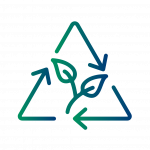
Resource-efficient
A resource- and environmentally friendly manufacturing technology. With additive manufacturing, only the necessary parts and assemblies are produced. Excess powder can be to some extent recycled and reused.
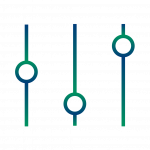
Customized solutions
Realize individual needs cost-effectively and efficiently. Customer- and product-specific solutions can be easily and flexibly implemented through additive manufacturing.
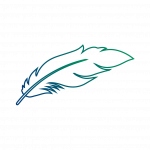
Weight-optimized
Additively manufactured components are lighter compared to conventional components, which is particularly advantageous for dynamic assemblies.

Additive manufacturing processes with plastics
For optimal results of the component, we use different printing technologies based on the requirements and choose the appropriate manufacturing process for the job. To produce functional and optimized plastic components that withstand abrasive wear, we employ selective laser sintering (SLS). Unlike the SLA and FDM processes, 3D printing with laser sintering does not require additional support structures. Therefore, this method is particularly well-suited for manufacturing functional, complex shapes and is a preferred alternative to conventional manufacturing methods such as injection molding, especially for small to medium quantities.

Selective laser sintering (SLS)
Plastic powder is melted by a laser.

Stereolithography (SLA)
Liquid synthetic resin is cured with the help of a light source.
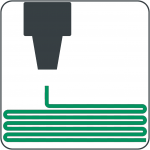
Fused Deposition Modeling (FDM)
In Fused Deposition Modeling (FDM), a plastic filament is melted and deposited through a nozzle.
Learn more about our AM products & services

FAQ
Selective Laser Sintering (SLS) is a technology in additive manufacturing (AM) primarily used for creating three-dimensional objects through layer-by-layer material deposition. SLS is commonly employed in rapid prototyping and the production of functional parts across various industries. Here are some key applications of SLS:
- Prototyping: Like all 3D printing processes, selective laser sintering is frequently used for creating prototype parts.
- Functional Parts: In addition to prototyping, SLS is also utilized for manufacturing functional parts for end applications. SLS-printed parts exhibit good mechanical properties, making them suitable for use in various industries, including automotive, aerospace, and healthcare.
- Custom Solutions: SLS is suitable for the production of custom-made components in small quantities.
- Low-Volume Production: When producing components in small to medium quantities, SLS can compete with conventional manufacturing methods such as injection molding and offers several advantages. An important advantage over injection molding is the time and cost savings since SLS printing incurs no tooling costs and requires no additional assembly.
- Complex Geometries: The selective laser sintering process enables the production of parts with complex geometries that are challenging or impossible to achieve with traditional manufacturing methods. This makes it ideal for manufacturing parts with internal features, lattices, and other intricate structures.
- Reduced Material Waste: In contrast to traditional subtractive manufacturing methods where material is cut from a larger block, SLS builds objects layer by layer, reducing material waste and making the process an environmentally friendly option in certain cases.
In summary, Selective Laser Sintering is a versatile additive manufacturing technology that can be applied across industries, offering benefits such as rapid prototyping, custom adaptation, and the production of complex geometries.
Fused Deposition Modeling (FDM) is an additive manufacturing (AM) technology that uses a thermoplastic filament, heated and melted layer by layer to create a three-dimensional object. FDM, also known as Fused Filament Fabrication (FFF), is primarily used in product development. Due to its low entry and material costs, this method is particularly suitable for producing simple prototypes, concept models, and visual aids to convey ideas during the design and development process.
Stereolithography (SLA) is one of the most commonly used 3D printing technologies. This technology is based on photopolymerization, where a light source - either a laser or a projector - is used to cure liquid resin into hardened plastic. SLA is especially known for its ability to produce high-resolution and finely detailed parts.
In contrast to the SLS process, FDM and SLA technologies are less suitable for producing end-use parts in general mechanical engineering, as the printed components are mechanically less durable. Nevertheless, there are applications for end-use parts such as gripper attachments, gripper jaws, suction cups, or increasingly, elastic components.
Due to the rapid production time of 3D printing, components are available more quickly for use in manufacturing, facilitating the optimization and replacement of machine components.
Production costs are independent of the complexity of the component. This allows production tools to be optimally designed for the desired requirements without becoming excessively expensive.
Intelligent functional integration, such as incorporating springs or hinge joints, reduces the number of components, thereby decreasing administrative efforts with ERP systems and assembly costs. Additionally, lightweight construction can save on material and weight.
